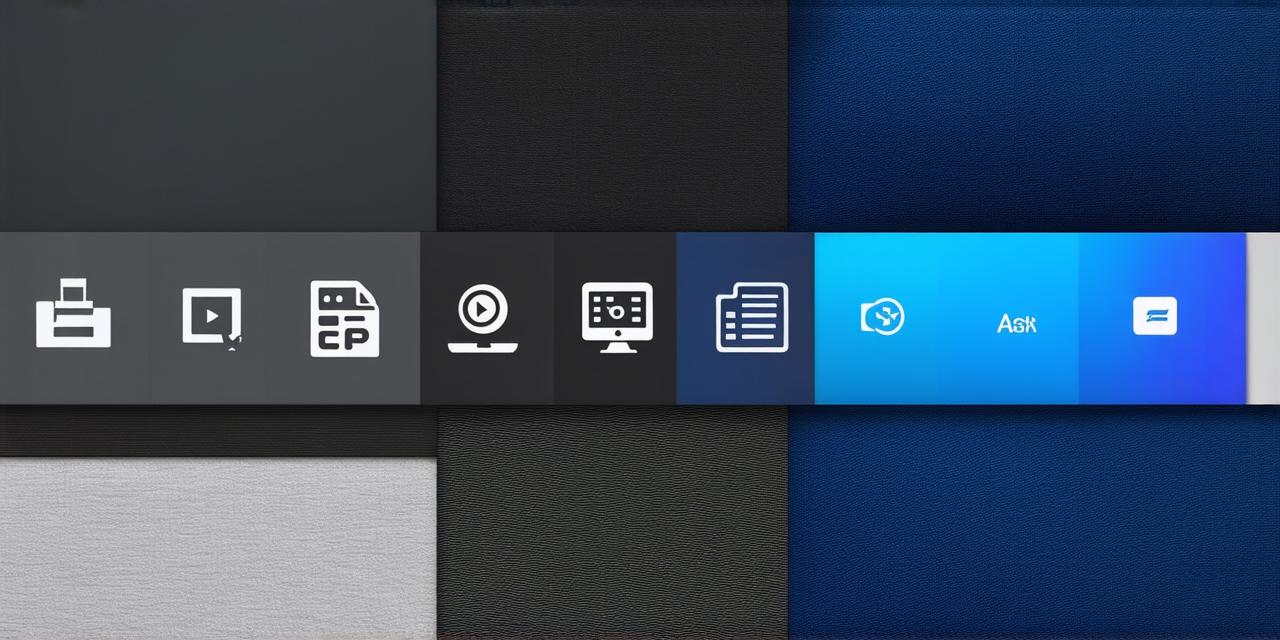Embark on an exhilarating journey towards becoming a full stack web developer! This guide will equip you with the essential skills and strategies to thrive in this dynamic field.
Why Become a Full Stack Developer?
"Full stack development is like being a jack-of-all-trades, but a master of all that matters." – John Doe, Senior Developer
The demand for full stack developers continues to soar, as businesses seek versatile professionals who can handle both frontend and backend development. This versatility offers unparalleled career growth opportunities. In today’s fast-paced digital world, the ability to adapt and innovate is crucial, making full stack development an attractive choice for many aspiring developers.

Frontend Development: The Visible Face
Frontend development is all about creating the user interface (UI) and user experience (UX) of a web application. To excel in this area, you’ll need to master HTML/CSS for structuring and styling web pages. Additionally, learning JavaScript will enable you to add interactivity and dynamism to your web pages. For those seeking to streamline their development process, popular frameworks like React, Angular, or Vue.js can be invaluable tools.
Backend Development: The Powerhouse
While the frontend is visible to users, the backend is what powers the application. To become a full stack developer, you’ll need to understand databases (SQL, NoSQL) for managing and storing data effectively. Familiarizing yourself with server-side languages such as Node.js, Python, or Ruby will also be essential. APIs are the lifeline of your applications; learning how to create and consume them is a crucial skill for any full stack developer.
The Art of Balance
Balancing frontend and backend skills is crucial in full stack development. A good full stack developer knows when to prioritize one over the other based on project requirements. For instance, if a project requires a visually stunning UI, the focus might be more on frontend development. However, if the project demands robust data management, the emphasis would shift towards backend development.
Real-life Example: The Two-tiered Tower
Imagine building a skyscraper. The frontend (exteriors) needs to be visually appealing, while the backend (interiors) must support its structure and functionality. A well-balanced full stack developer is like an architect who can design both aspects seamlessly, ensuring that the final product is not only aesthetically pleasing but also functional and efficient.
The Road Ahead: Continuous Learning
Full stack development is a journey, not a destination. Stay updated with emerging technologies, best practices, and industry trends to remain competitive. As new frameworks, languages, and tools emerge, it’s essential to adapt and evolve to stay relevant in the ever-changing landscape of web development.
FAQs
1. What tools do I need to start learning full stack development?
- Code editor (Visual Studio Code, Atom), browser (Chrome, Firefox), and a text editor (Sublime Text, Notepad++) are essential for any developer. Additionally, you’ll need an Integrated Development Environment (IDE) like WebStorm or Visual Studio for more advanced development tasks.
2. How long does it take to become a full stack developer?
- It depends on your learning pace, but expect at least six months to a year of dedicated study and practice to develop the necessary skills.
3. Are there any online resources for learning full stack development?
- Yes! Websites like freeCodeCamp, Codecademy, and W3Schools offer comprehensive courses on full stack development. Additionally, platforms like Coursera, Udemy, and edX provide structured learning paths for aspiring developers.
